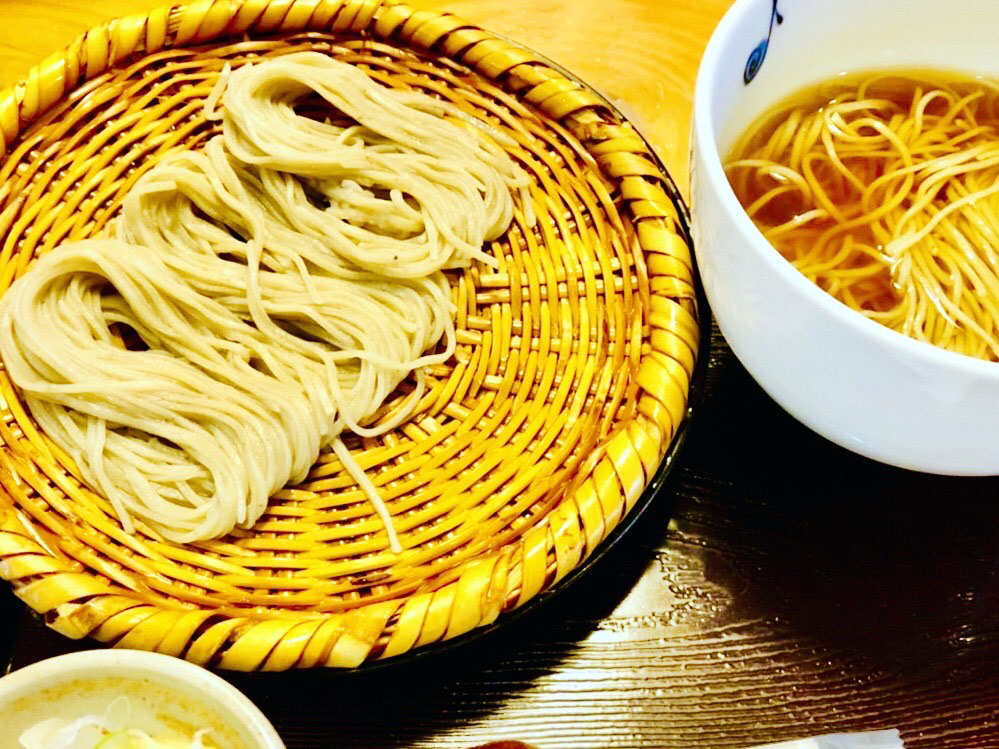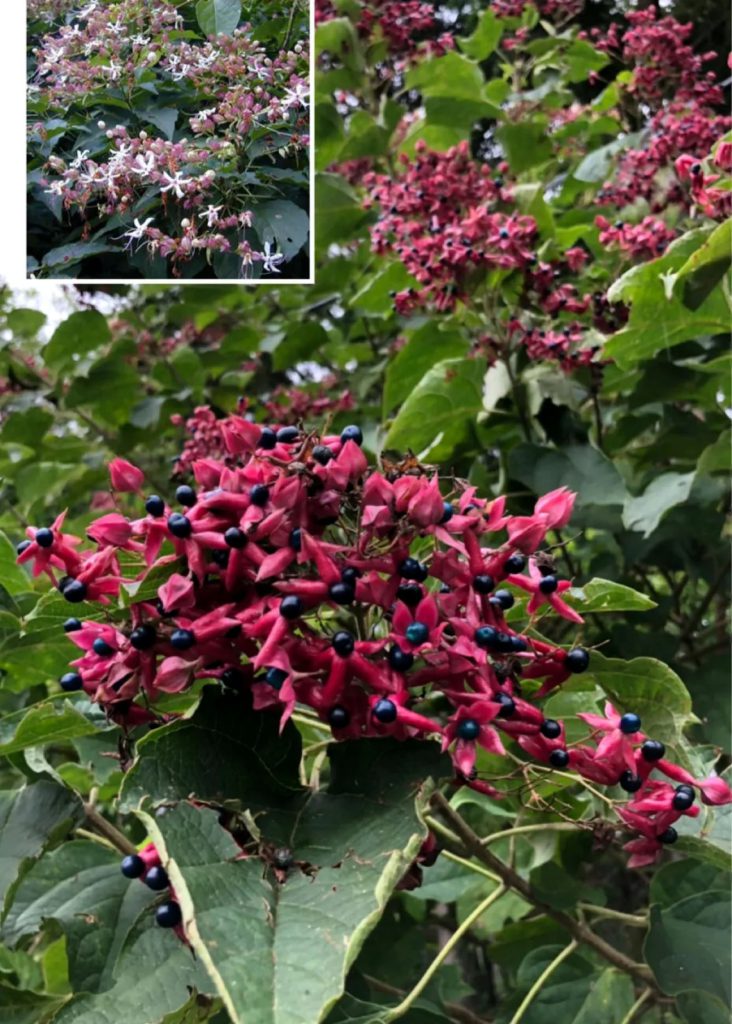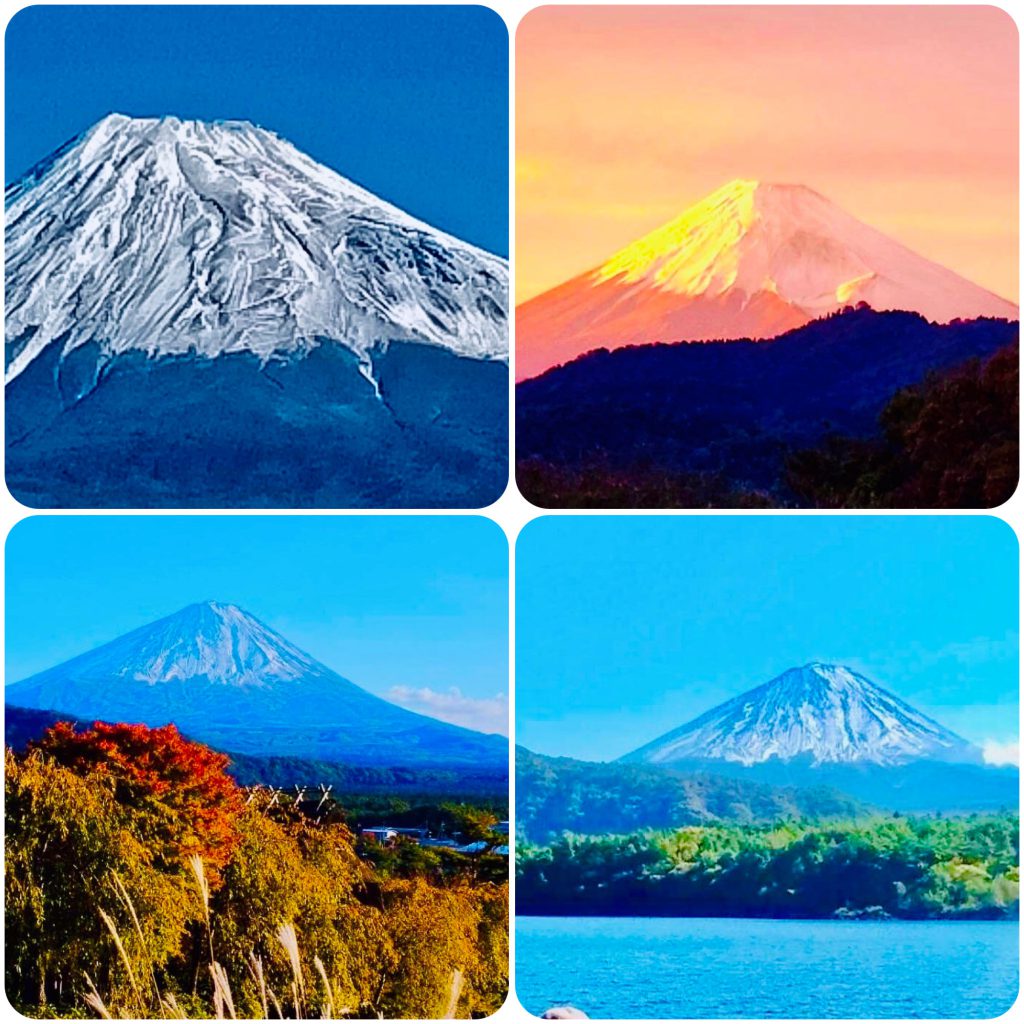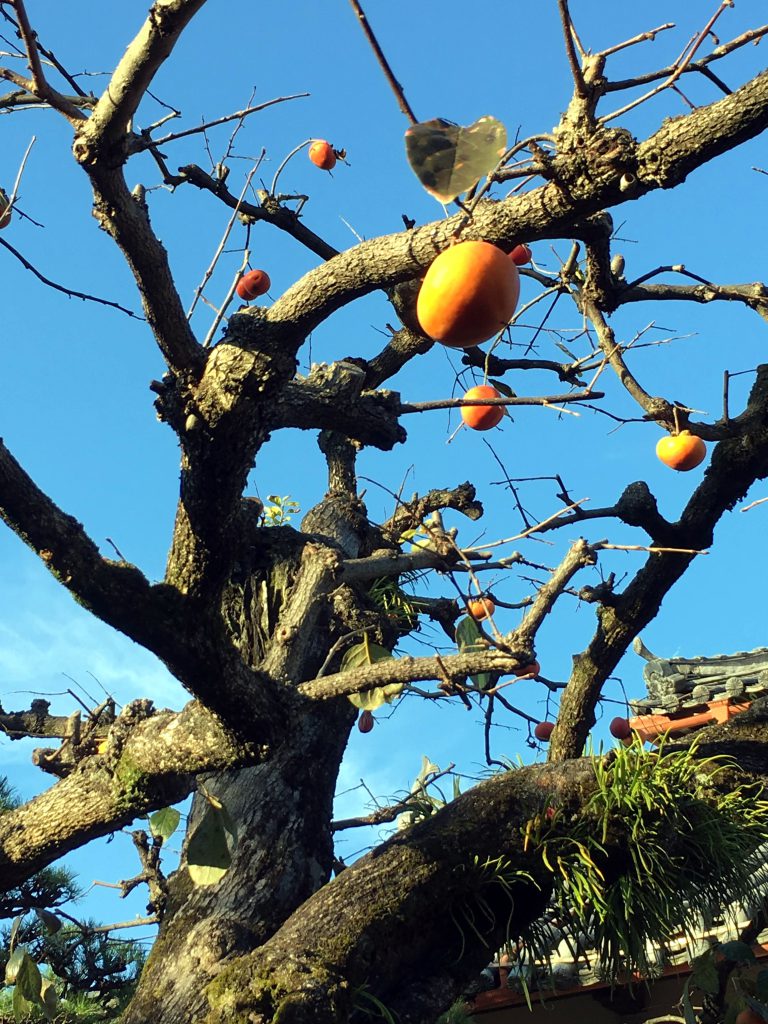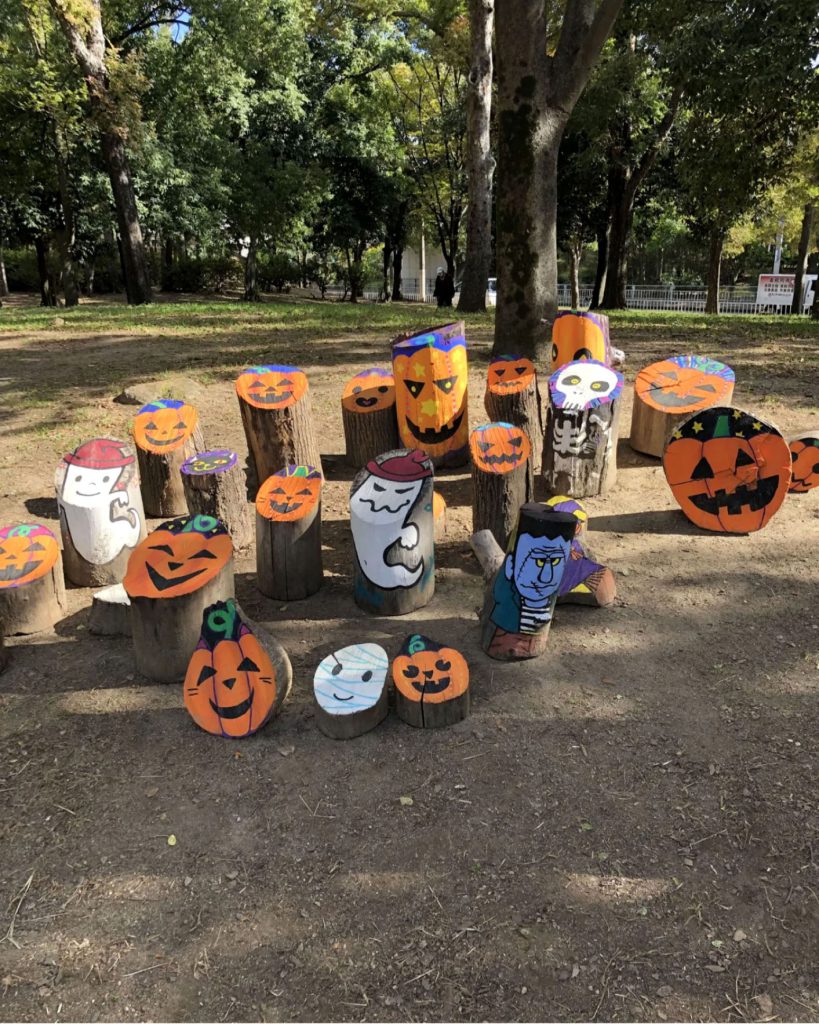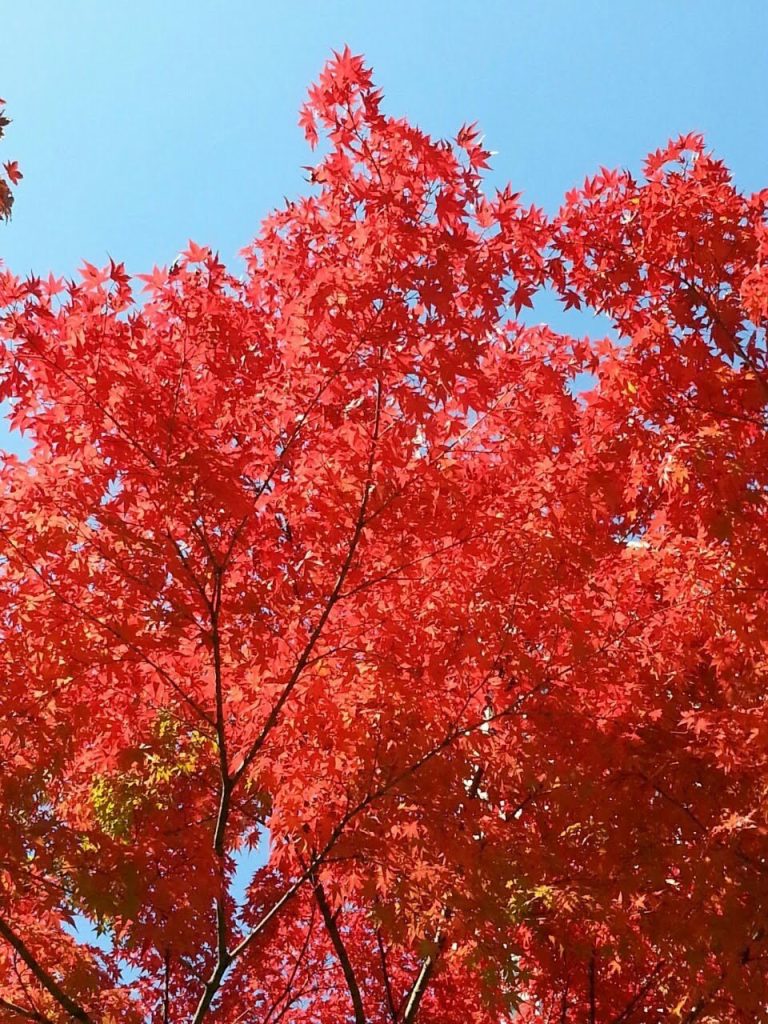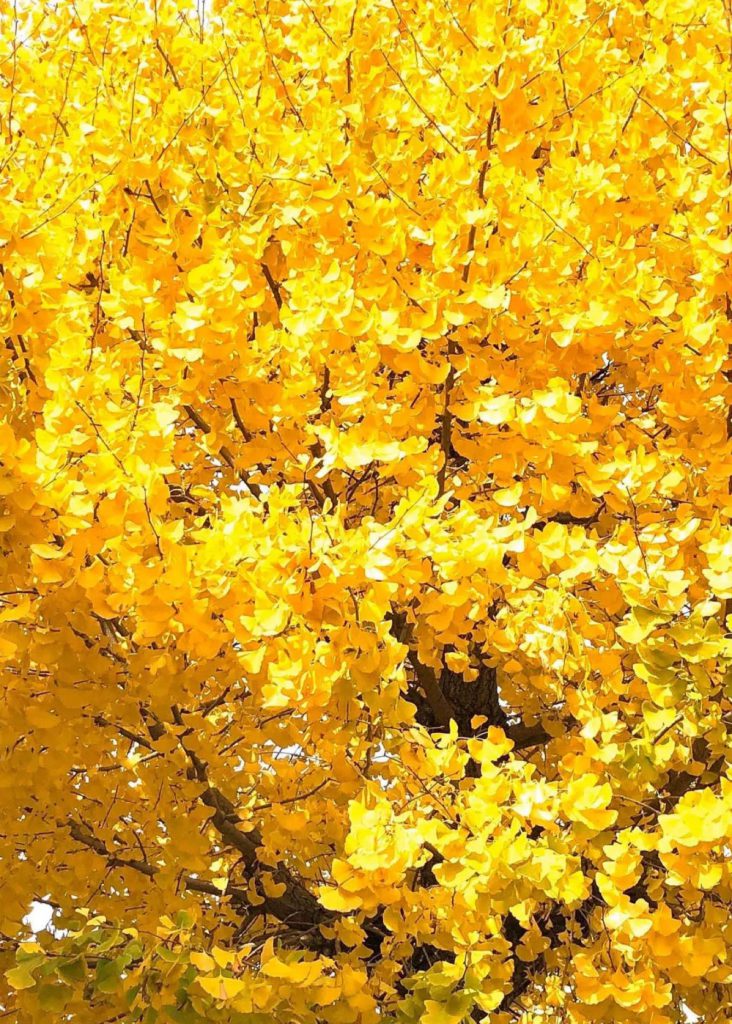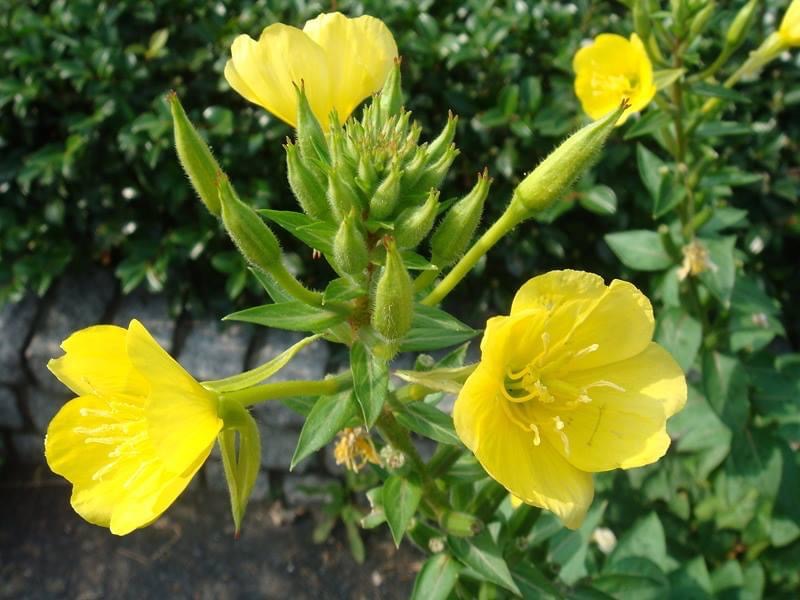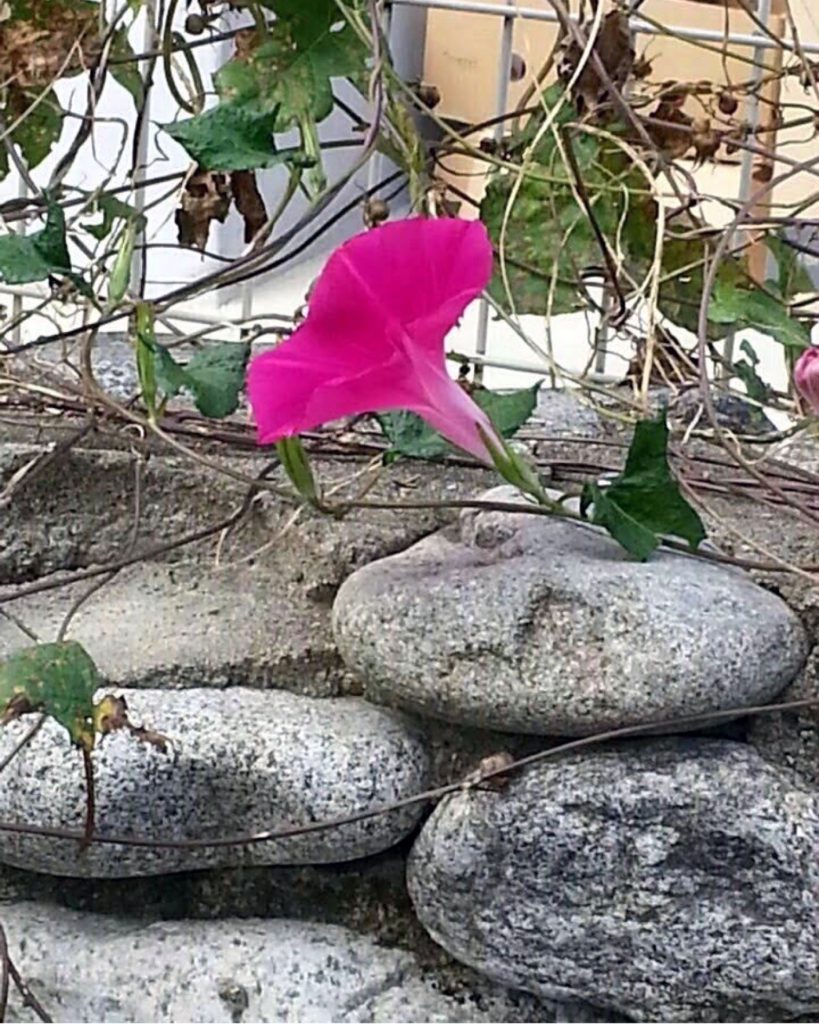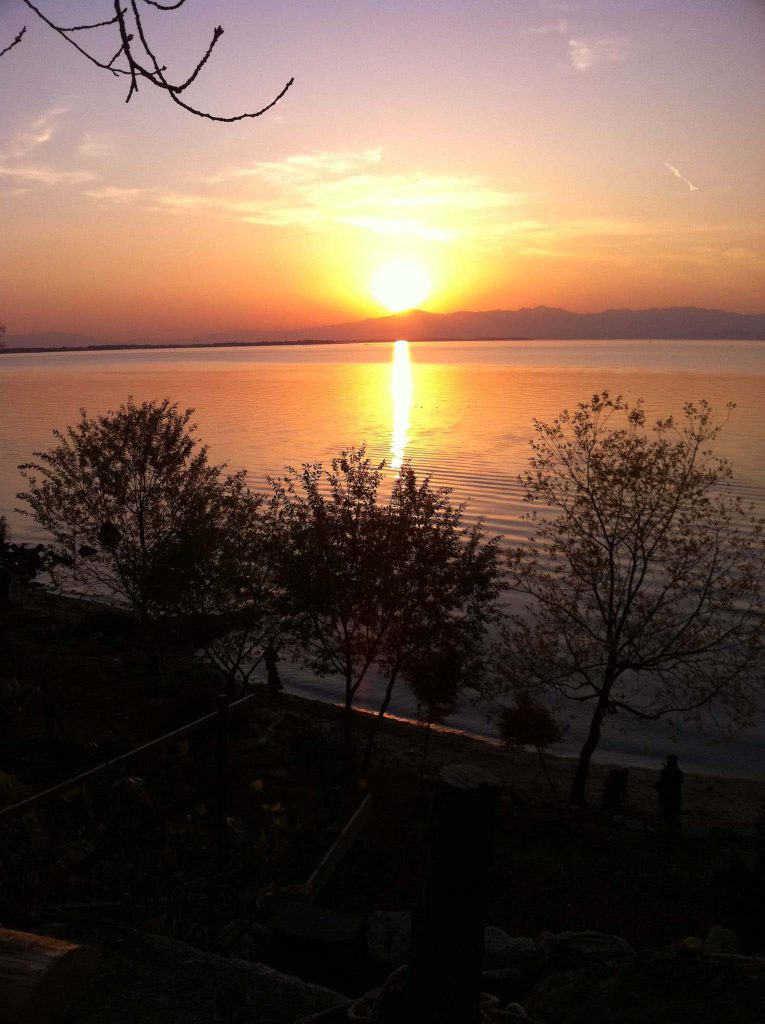
“Dusk is nice in autumn. Just when the sun is falling with shining, it is very close to the edge of the mountain, I am deeply moved by the sight of the crows flying back to their beds, three, four, two, three in a hurry”.
This is a passage from “The Pillow Book” that everyone learns in high school classics. According to one theory, the author of The Pillow Book was a man pretending to be Sei Shonagon. From that, you can see that even Sei Shonagon, who was so aggressive, becomes nostalgic when she looked at the setting sun. It is not alone Sei Shonagon. It seems to be a universal recognition that all humans become nostalgic when they look at the sunset. Dr. Clay Routledge, a well-known German social psychologist, also said:
“Whenever you feel lonely, something is going wrong, you don’t know what you’re living for, or you don’t see the value in what you’re doing, remember this nostalgic memory. You can console yourself by opening the door of the treasury of your memory.
「秋は夕暮れ 夕日のさして山の端いとちかうなりたるに、からすのねどころへ行くとて三つ四つ、二つ三つなど飛びいそぐさへあはれなり」
誰もが高校の古典で学ぶ『枕草子』の一節です。一説には、『枕草子』の作者は、清少納言を騙る男性ではないかと思えるほど向こう意気の強い清少納言も、夕日を眺めるとノスタルジックになることが分かります。清少納言だけではありません。人間なら誰しも夕日を眺めるとノスタルジックになるのは世界共通認識の様です。ドイツの著名な社会心理学者のClay Routledge博士はこうも言っています。
「孤独を感じたり、何かうまくいかなかったり、何のために生きているかわからなくなったり、自分のしていることに何の価値も見いだせないなどと思ってしまった時は、このノスタルジックな思い出の宝庫のドアを開ければ、自分を慰めることができます」
と。

